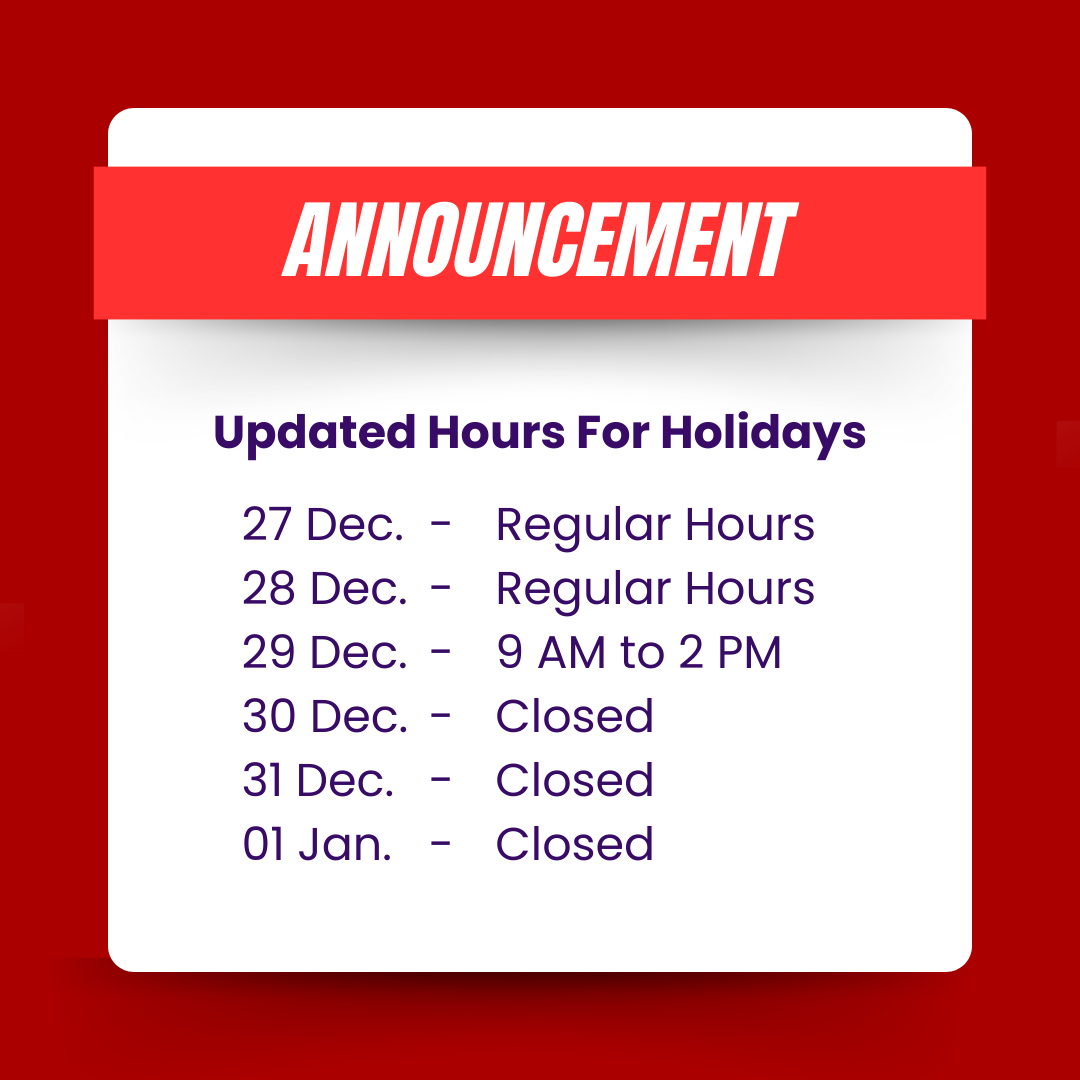Registering your car in Ontario is an important step in becoming a legal vehicle owner and driver in the province. Whether you have purchased a new or used vehicle, or you have moved to Ontario from another province or country, understanding the car registration process is crucial. In this comprehensive guide, we will provide you with a step-by-step overview of how to register your car in Ontario. By following these instructions and having the necessary documents in hand, you can successfully navigate the registration process and enjoy driving your vehicle with peace of mind.
Gather the Required Documents
Before heading to the ServiceOntario office or a designated ServiceOntario location, ensure you have the following documents:
- Proof of Identity: A valid Ontario driver’s license or another acceptable form of identification.
- Proof of Vehicle Ownership: This can be in the form of a vehicle bill of sale, lease agreement, or vehicle registration document from another jurisdiction.
- Vehicle Information: The vehicle’s make, model, year, identification number (VIN), and odometer reading.
- Insurance: Proof of valid auto insurance coverage in Ontario. If you don’t have any insurance coverage, then click here to get a customized quote for yourself.
Visit a ServiceOntario Office
To register your car, visit a ServiceOntario office or a designated ServiceOntario location. Here are the steps to follow:
- Schedule an Appointment: Check if appointments are required and book one if necessary to save time.
- Complete the Application: Fill out the Application for Vehicle Registration (Form 1) provided by the ServiceOntario office.
- Submit the Required Documents: Provide the completed application form, proof of identity, proof of vehicle ownership, vehicle information and proof of insurance to the ServiceOntario representative.
- Pay the Registration Fees: Pay the applicable registration fees, which may vary depending on factors such as the vehicle’s weight, type and intended use.
Receive Your Vehicle Registration
Once you have submitted the necessary documents and paid the registration fees, the ServiceOntario representative will process your application. They will provide you with a Vehicle Registration Permit, which serves as proof that your vehicle is registered in Ontario. It includes important information such as your name, address, vehicle details and registration expiry date. It is important to keep this permit in your vehicle at all times and ensure it is renewed before it expires.
License Plate and Validation Sticker
After receiving your Vehicle Registration Permit, you will need to obtain license plates and a validation sticker. Here’s what you need to do:
- Purchase License Plates: Visit a ServiceOntario location or authorized ServiceOntario partner to purchase license plates.
- Obtain a Validation Sticker: Once you have the license plates, you will need to obtain a validation sticker, which indicates the registration expiry date. This sticker should be affixed to the rear license plate.
Additional Considerations
Here are a few additional considerations to keep in mind when registering your car in Ontario:
- Vehicle Safety Inspection: If you are registering a used vehicle or a vehicle from another jurisdiction, it may need to undergo a safety inspection before registration.
- Emission Testing: Some vehicles may require an emission test as part of the registration process. Check if your vehicle falls under this requirement.
- Change of Address: If you have recently moved and need to update your address on your vehicle registration, inform the ServiceOntario representative during the registration process.
Conclusion
Registering your car in Ontario is a straightforward process when you have the necessary documents and follow the required steps. By gathering the required documents, visiting a ServiceOntario office, paying the registration fees and obtaining license plates and a validation sticker, you can successfully register your car in Ontario. Remember to keep your Vehicle Registration Permit and license plates up to date to comply with the province’s regulations. Should you have any specific questions or concerns, consult the ServiceOntario website or contact a ServiceOntario representative for further assistance.







